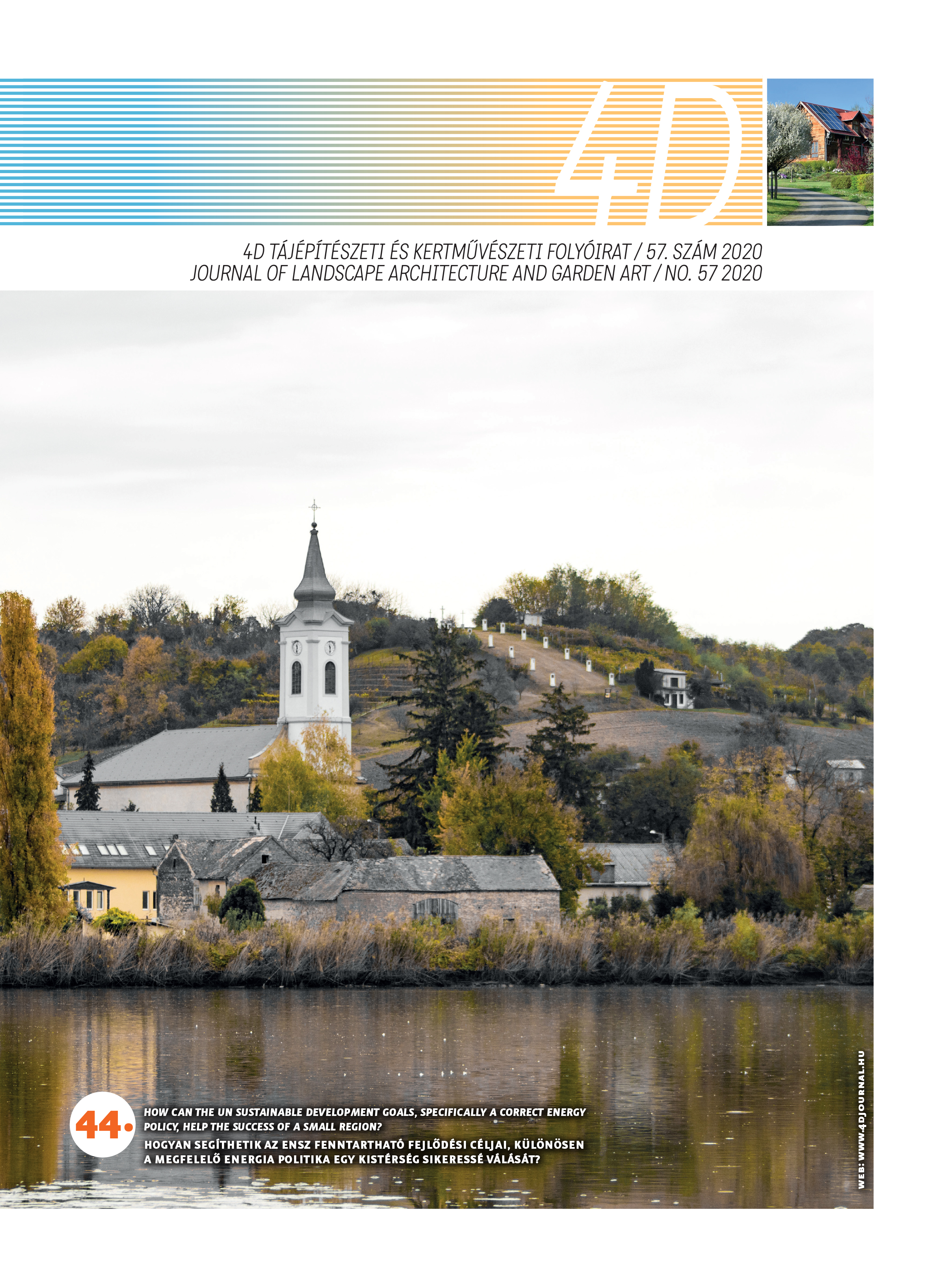A method for redefining the agglomeration of Budapest. New indicators, new results?
DOI:
https://doi.org/10.36249/57.7Keywords:
Budapest, Agglomeration, IndicatorsAbstract
The Agglomeration of Budapest consists of the capital of Hungary and 80 surrounding settlements, each of these are located in Pest county. This delimitation has been in force since 1996 and, as a result, it no longer appropriately reflects the current and real spatial relations and processes of Budapest and its surroundings (Schuchmann & Tóth 2010; Schuchmann 2019). In 2007 the Development Council of the Agglomeration of Budapest – which has been disbanded by today – formulated the necessity of redefining the agglomeration (DCAB 2007). As a result in 2010 and 2014, a statistically-based method has been published, however, the results couldn’t be put into practice (Schuchmann & Tóth 2010; Tóth 2014). In 2019, “Strengthening the cooperation between Budapest and its region” came forward, as the Budapest 2030 program set it as a goal. It was formulated as a criticism that the Act CXXXIX of 2018 was drafted without redefining the Budapest agglomeration, so no substantial progress has been made in this matter since the adoption of the National Development and Spatial Development concept in 2014 (Schuchmann 2019). Even though the National Development and Spatial Development defines “the reinterpretation of the delimitation of the Agglomeration of Budapest” as a development policy task, and that the Long-Term Urban Development Concept of Budapest formulates „defining the new boundaries of the Agglomeration of Budapest by taking into account spatial processes and the results of the 2011 census” as one of the means of implementing the thematic task “Strengthening territorial cooperation”. With these in mind, this study aims to find a delimitation methodology that follows the spatial processes with sufficient sensitivity and fits into the development documents.
References
Szerző nélkül (2007): Development concept of the agglomeration of Budapest. Development Council of Agglomeration of Budapest: Budapest
TIVADAR BERNÁT – GYULA BORA – LÁSZLÓ FODOR (1973): Világvárosok, Nagyvárosok. TIT Gondolat Kiadó: Budapest
Szerző nélkül (2018): METHODOLOGICAL MANUAL ON TERRITORIAL TYPOLOGIES. Eurostat: European Union
TIBOR KOVÁCS – GÉZA TÓTH (2003): Agglomerációk, településegyüttesek a magyar településrendszerben. Területi Statisztika 6, 43(4), 387–391.
JÓZSEF NEMES NAGY (szerk.)(2005): Regionális elemzési módszerek. ELTE TTK Regionális Földrajzi Tanszék, MTA-ELTE Regionális Tudományi Kutatócsoport: Budapest
OECD (2012): Redefining "Urban": A New Way to Measure Metropolitan Areas. OECD. DOI: https://doi.org/10.1787/9789264174108-en
Perény Imre (1976): Város, Ember, Környezet. Műszaki Könyvkiadó: Budapest
SCHUCHMANN JÚLIA (2015): Nagyvárostérségi Szuburbanizáció – Menni vagy maradni? Széchényi István Egyetem, Regionális- és Gazdaságtudományi Doktori Iskola: Pécs-Győr
SCHUCHMANN Péter (2019): Budapest és térsége közötti együttműködés erősítése. [script]
Tóth Géza (2014): Az agglomerációk, településegyüttesek lehatárolásának eredményei, Területi Statisztika, 54(3)
Tóth Géza (2019): A Budapesti agglomeráció lehatárolásának előzetes eredményei. [script]
GÉZA TÓTH & PÉTER SCHUCHMANN (2010): A Budapesti agglomeráció területi kiterjedésének vizsgálata, Területi Statisztika 13, 50(5)
BUDAPEST 2030 – Long-Term Urban Development Concept of Budapest (2013)
PATIAL PLAN OF THE AGGLOMERATION OF BUDAPEST – Examination (1999) URBAN AUDIT (https://ec.europa.eu/eurostat/web/gisco/geodata/reference-data/administrative-units-statistical-units/urban-audit) (2018)
KÖZPONTI STATISZTIKAI HIVATAL – Funkcionális városi térségek Magyarországon (https://www.ksh.hu/teruletiatlasz_urban_audit) (2018)
Downloads
Published
Issue
Section
License
Copyright (c) 2020 Keszthelyi Ákos Bence, Jombach Sándor

This work is licensed under a Creative Commons Attribution-NonCommercial-NoDerivatives 4.0 International License.
A folyóirat Open Access (Gold). Cikkeire a Creative Commons 4.0 standard licenc alábbi típusa vonatkozik: CC-BY-NC-ND-4.0. Ennek értelmében a mű szabadon másolható, terjeszthető, bemutatható és előadható, azonban nem használható fel kereskedelmi célokra (NC), továbbá nem módosítható és nem készíthető belőle átdolgozás, származékos mű (ND). A licenc alapján a szerző vagy a jogosult által meghatározott módon fel kell tüntetni a szerző nevét és a szerzői mű címét (BY).



